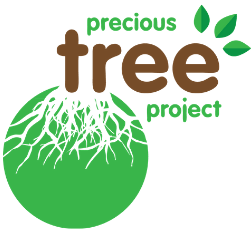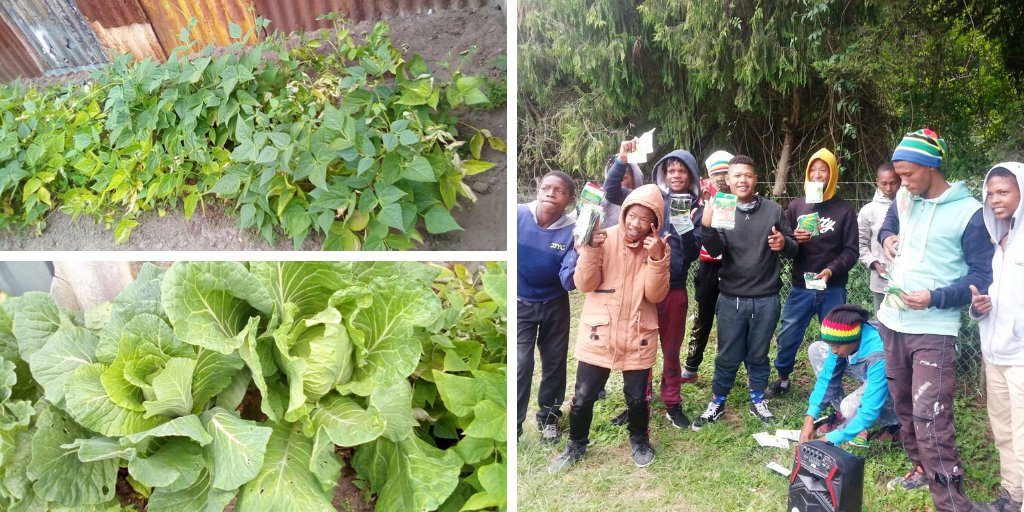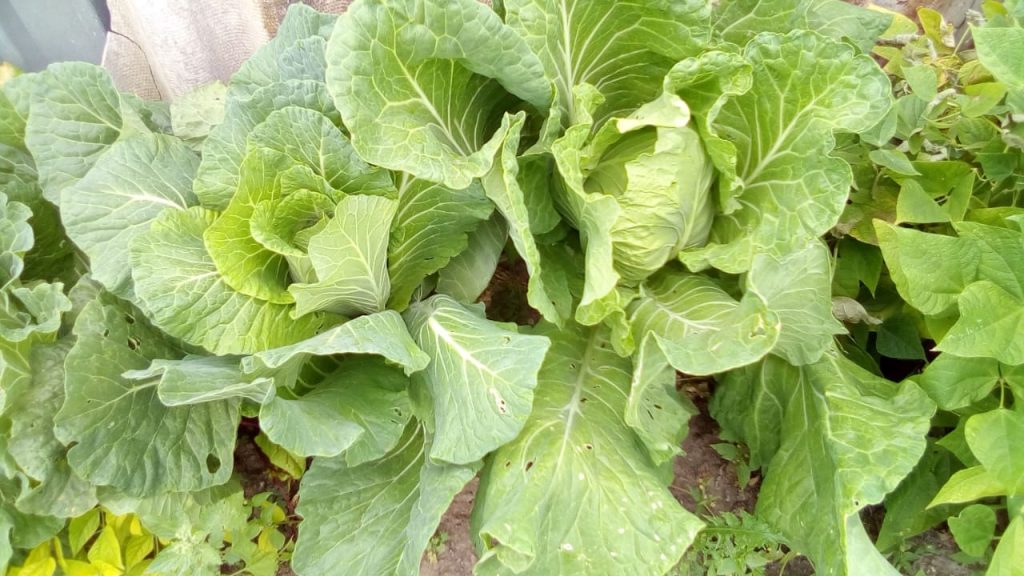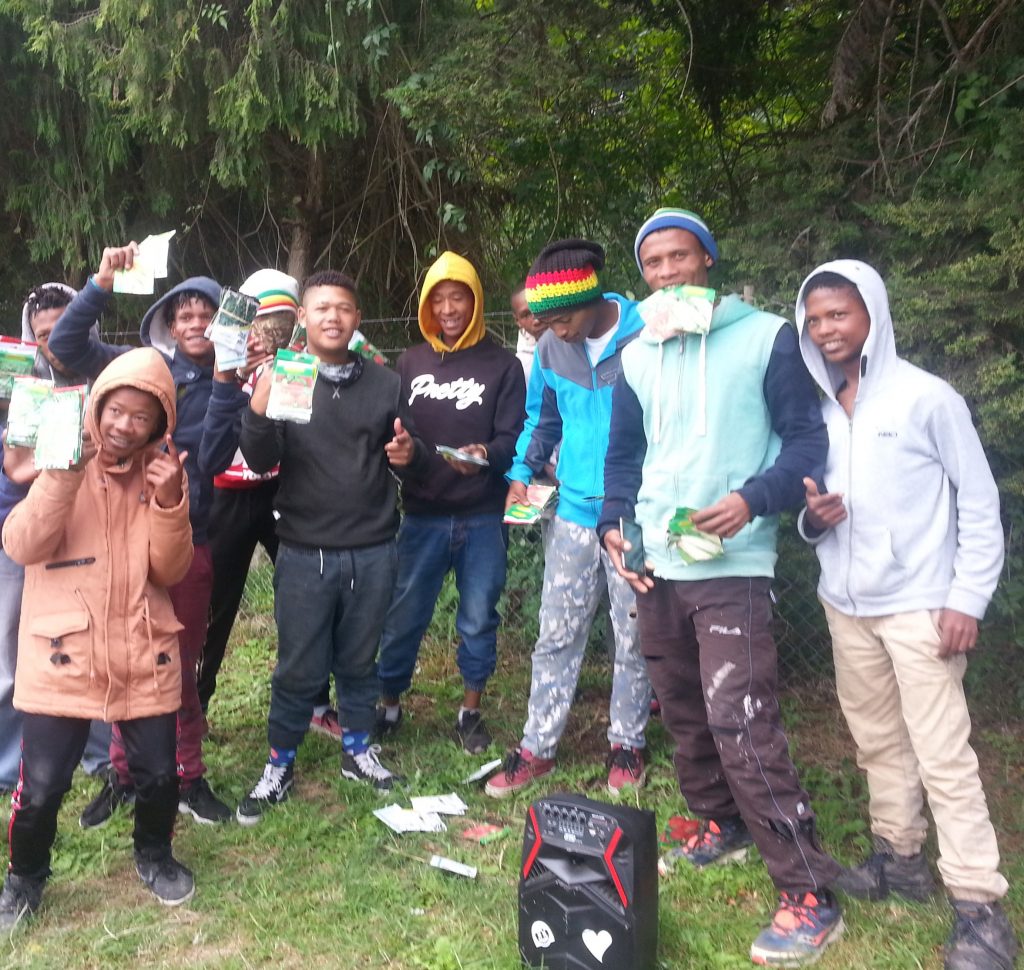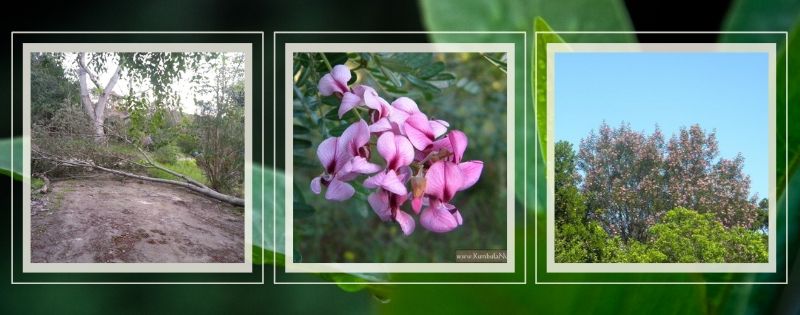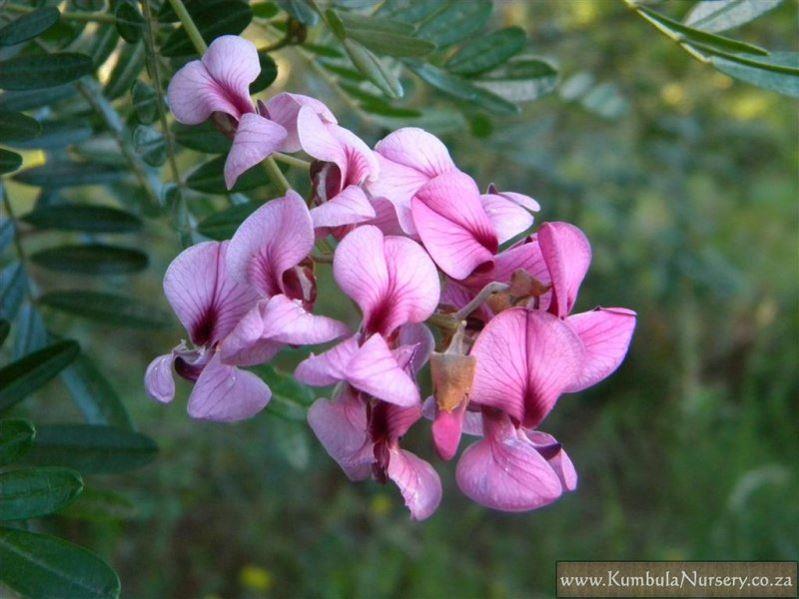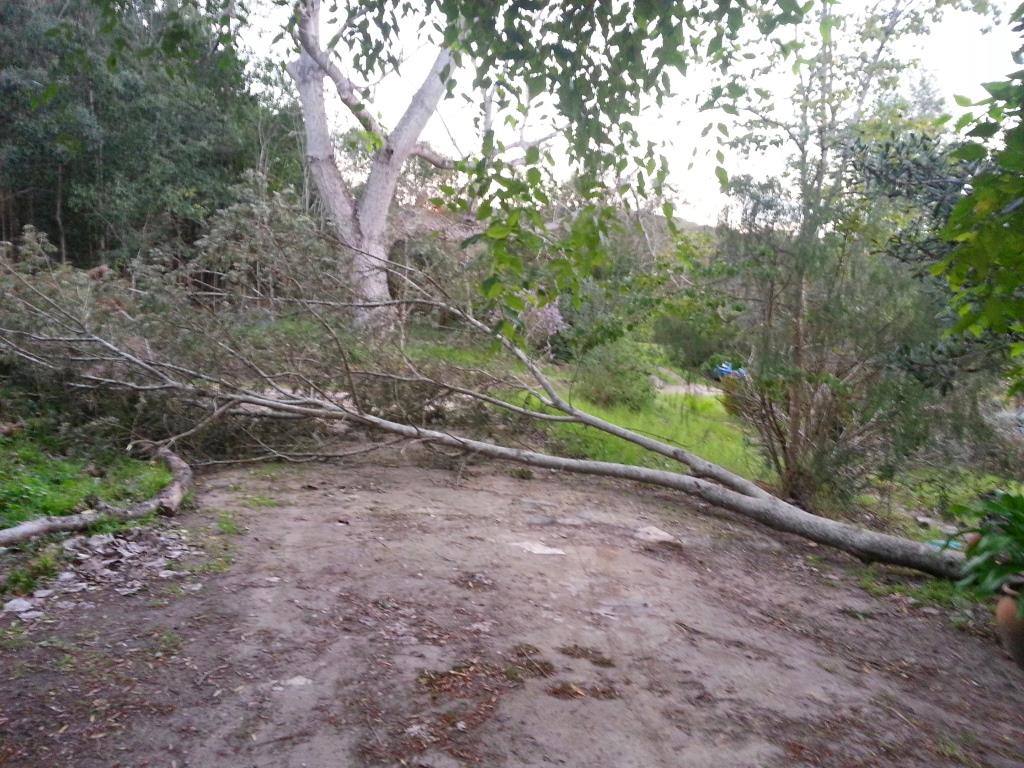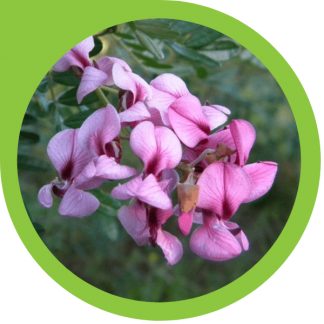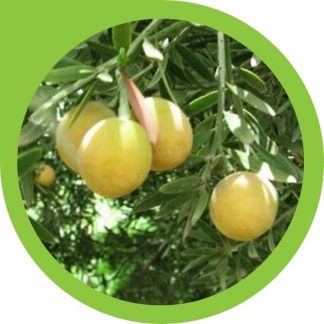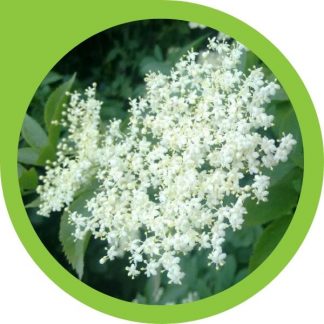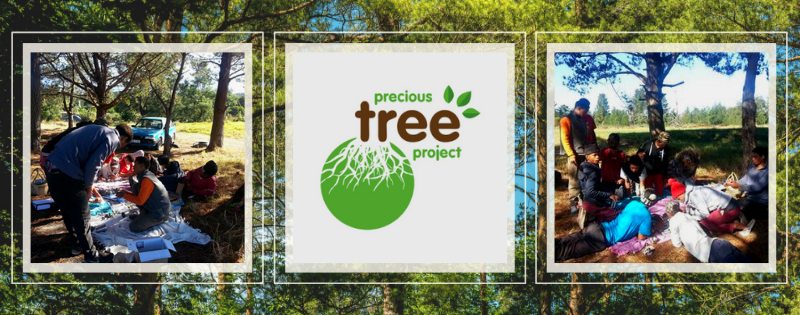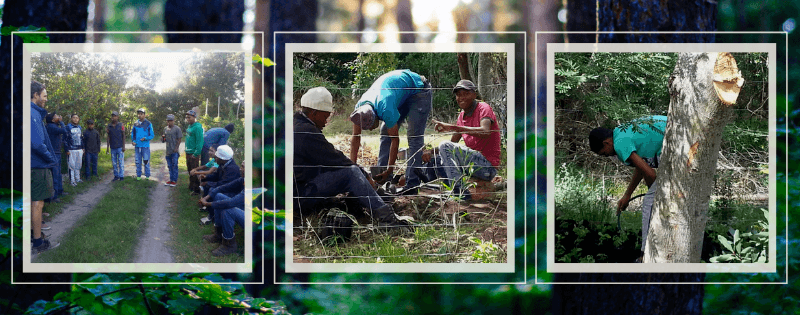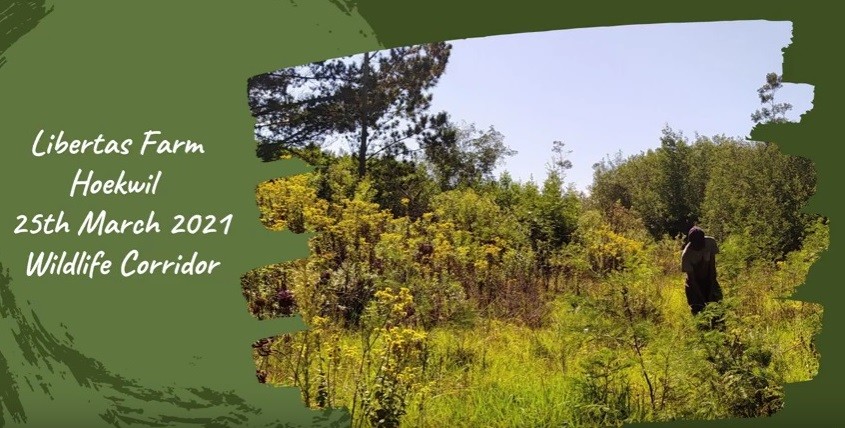
In the best of economic times, finding employment in the Garden Route is a difficult task. Here the economy is largely driven by the tourist industry and is mostly seasonal for many local businesses and individuals. Covid and lockdown regulations impacted heavily on this already limited earning potential of the local community members living around the breadline, particularly as more businesses struggled to keep afloat and their doors open. The move into Alert Level 1 at the end of February and the slow regrouping of local businesses has not eased the situation for most of them.
The need to address the employment situation in the short, medium and long term has always been on our agenda and as such, PTP commits a percentage of all funds received towards its job creation program. Two primary activities that are part of the assisted reforestation process is clearing invasive non-indigenous trees and planting out pockets of endemic forest trees. Creates the perfect opportunity for employment for those who have basic level skills… All it takes is guidance, on the spot training, a spade and/or a panga and off to work we go!
Thank you Kevin Coyne, Coyne Healthcare SA for your sponsorship that has made it possible to provide employment to those who sorely need it!
If you would like to support our ongoing efforts of assisted regeneration of our forest biome, click here!
endemictrees #bio-mimickedforests #precioustreeproject #naturalhealth #gardenroutereforestation #treeplanting #indigenoustrees #ringbarking #clearinginvasivetrees #wildlifecorridor #coynehealthcare #libertasguestfarm #jobcreation #coynehealthcarecommunity
